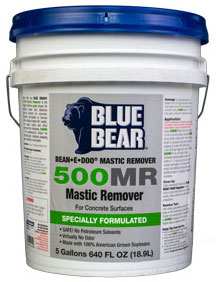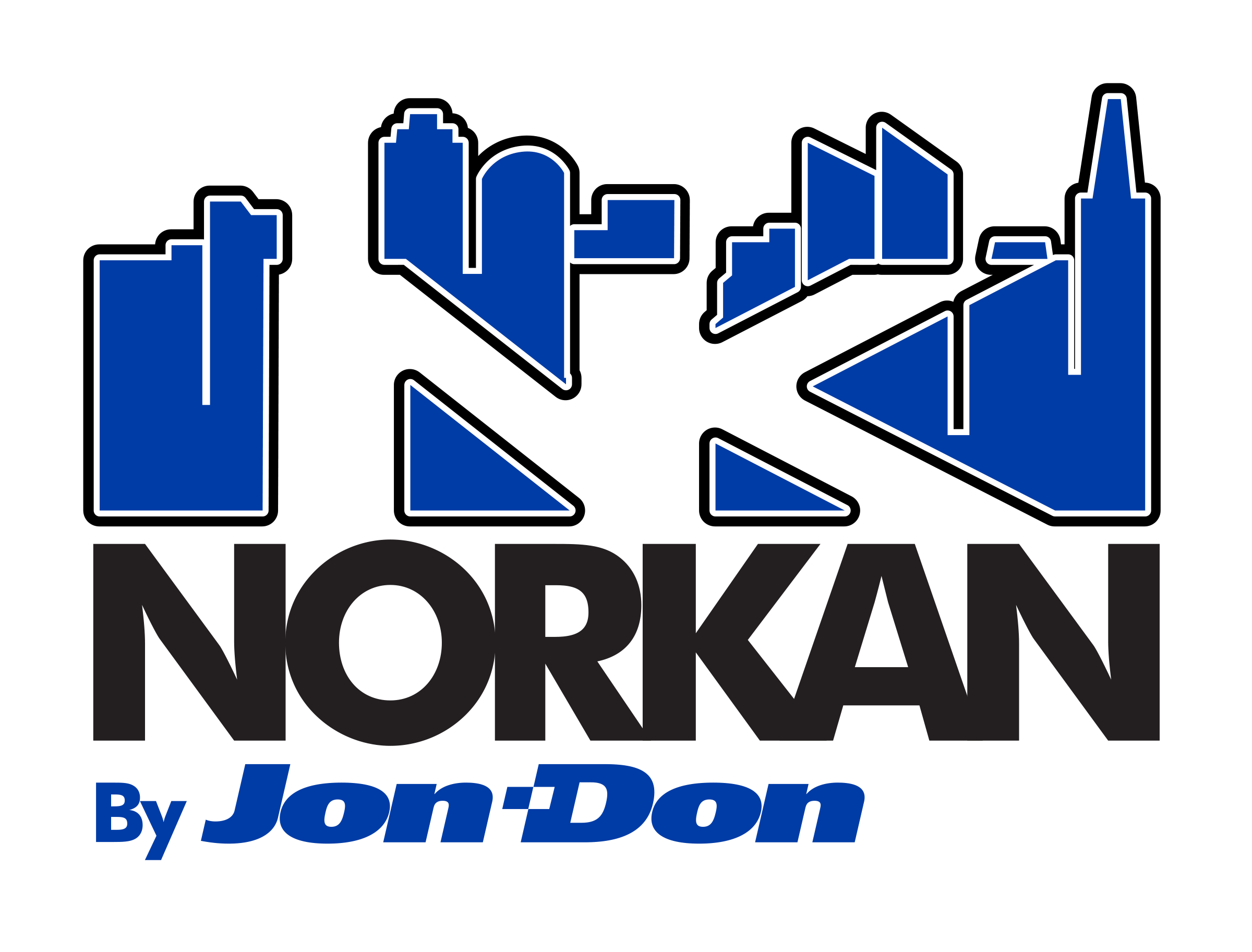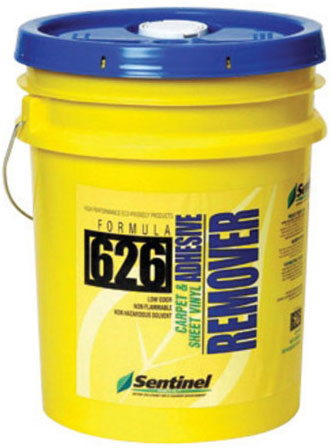Blue Bear 500MR Mastic Remover | Bean-E-Doo

Franmar Blue Bear 500MR (Formerly Bean e Doo) is an AMAZING, hard working, professional mastic remover that really does the job! It is environmentally safe, made from American soybeans, and easy to apply. It is also landfill friendly, making it easy to remover and dipose of. Coverage is 150 to 200 square feet per gallon. It creates no dust and no odor, making it safe to use in occupied areas. It is also safe for removing black asbestos mastic. Not for use on wood floors. 100% biodegradable, non-toxic and non-caustic. No other special equipment necessary on the job. Ideal for asbestos mastic removal since there is no chipping or sanding. Removes sheet vinyl mastics, tile mastics, carpet mastics, and asbestos mastics. EASILY REMOVES old black asphalt cutback flooring adhesive! A perfect way to remove all that old tile, vinyl or carpet adhesive before starting your concrete staining project. Franmar Blue Bear 500MR will do all of the hard work for you, saving money and time on labor! Very economical. Its low evaporation rate allows it to continue to working longer than other removers. Just pour 500MR directly onto the old mastic using a long handled brush or old broom to ensure it covers all the trowel ridges. Allow to sit for 30-60 minutes until mastic softens. Leave on longer for multi layer mastics, check every 15 to 20 minutes, then just scoop up and clean with water.
Ideal for use in occupied areas like post offices, schools, hospitals and other public places where safety is important. 500MR removes newer mastics, layered adhesives and even glues 50+ years old, using the power of soybeans. It's the first product to pass both performance and environmental safety test by the USPS for the removal of mastic containing asbestos!
Contractors find that 500MR works more efficiently, saves time, and helps create a safer restoration site compared to traditional hazardous chemical mastic removers.
REMOVE:
• Asbestos Mastic
• Vinyl Mastic
• Ceramic Tile mastic
COVERAGE:
• Asbestos - Up to 250 sq. ft. per gallon
• Vinyl - Up to 200 sq. ft. per gallon
• Ceramic - Up to 150 sq. ft. per gallon
Franmar Blue Bear 500MR Mastic Remover Tips
For nearly a decade, 500MR (Bean-e-doo®) Mastic Remover has been replacing older mastic removers, usually made from petroleum based chemistry. The older removers evaporate very quickly, resulting in often offensive odors, and significantly contribute to air pollution and global warming. Franmar Blue Bear 500MR Mastic Remover evaporates very slowly, has a very low, non-offensive odor, and does not contribute to global warming. 500MR Mastic Remover’s advancements in mastic removal techniques sometimes requires a different approach to cleaning up. These tips are designed to help people evaluate which techniques will work best for their project.
APPLICATION:
• Pour Franmar Blue Bear 500MR Mastic Remover undiluted directly on the concrete surface. Do not exceed the recommended coverage. Applying too much 500MR does not increase removal time, but does contribute to impeding the complete removal of residue.
• Where there are wide cracks or seals, fill with a commercial absorbent like diatomaceous clay (e.g. OilDry™), saw dust, or synthetic absorbent, before pouring Franmar Blue Bear 500MR on the surface.
• Use a long handled brush or broom to ensure 500MR covers all the mastic trowel ridges.
• Allow Franmar Blue Bear 500MR to dwell until mastic softens (generally 45 to 60 minutes for asbestos mastic. Dwell time for vinyl and acrylic mastics is longer, in some cases up to 4 hours.)
CLEAN UP:
• Use a long handled scraper or squeegee to remove softened mastic and excess 500MR. Generally, black mastic will dissolve into a liquid the consistency of very old engine oil, and can be scraped into a puddle. Fill the puddle with a commercial absorbent, and then shovel into receptacle. All other mastics tend to lift as more solid than liquid and can be scrapped into a pile that can be picked up with a shovel.
• After picking up the dissolved/lifted mastic, there will still be a slippery, film residue remaining. For best results for cleanup, after removing softened mastic, cover floor with a commercial absorbent, sweep up and then follow with a mop rinse. Testing surface for residues after floor has been mopped: Apply water to various small spots on the substrate. If water turns cloudy white, indicates there is 500MR Mastic Remover on the surface. Remop using a degreaser is recommended. Then retest. Let surface dry before applying new mastic or coating.
• In all cases, care should be taken not to over saturate the floor by using too much water.
• In extreme cases, and/or for especially difficult floors, scrape up softened mastic, then pick up filmy residue with steam vacuum. Cover floor with a commercial absorbent, sweep up and then follow a mop rinse using a degreaser. Let dry before applying new mastic or coating.
Use of rotary cleaning machines for cleanup are not recommended unless an area has been tested first.
Easy to apply and even easier to remove and dispose of (land-fill friendly). 100% biodegradable, non-toxic and non-caustic - makes negative air, or other special equipment unnecessary. Very economical. Low evaporative rate allows it to continue to work for up to 24 hours. Allowing it to do the work saves labor. LESS LABOR = MORE PROFIT! After extensive testing, a U.S. Postal Authority said, "BEAN-e-doo (Franmar Blue Bear 500MR) does the trick, with money savings of almost 300%."
Franmar Blue Bear 500MR Mastic Remover is not recommended for use on wood surfaces. Using 500MR might slightly darken a concrete surface.
• Flash Point: Above 425°F
• pH Level: 6.65 pH of 1/10 wt/wt solution in soft water.
• Vapor Pressure: Less than 1 mmHg at 72°F
• Odor: Light odor
• Conditions to avoid: Strong oxidizing agents, rags soaked with other solvents or chemicals.
• Health Hazards: None known
• Packaged: Quart, Gallon, Five Gallon, 55 Gallon Drum
• Area Coverage: up to 200 sq. ft. per gallon
• Volatile Organic Compouds (VOC) less than 3%
• SDS - Safety Data Sheet (.pdf)
• TDS - Technical Data Sheet (.pdf)








